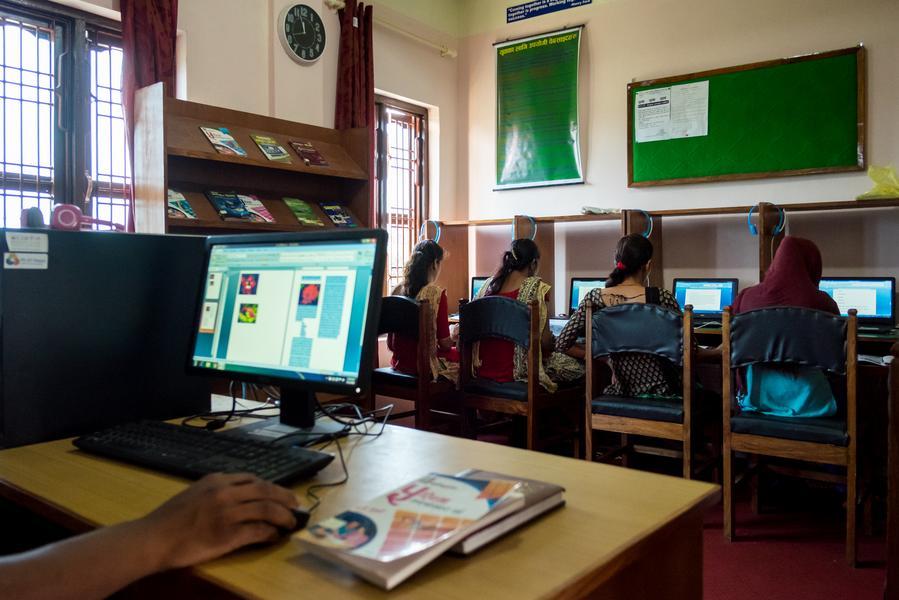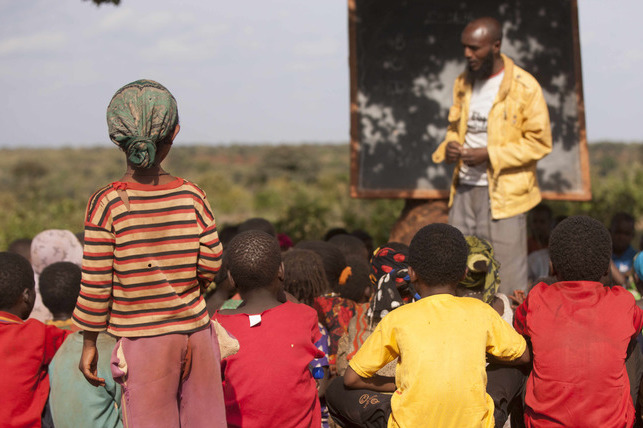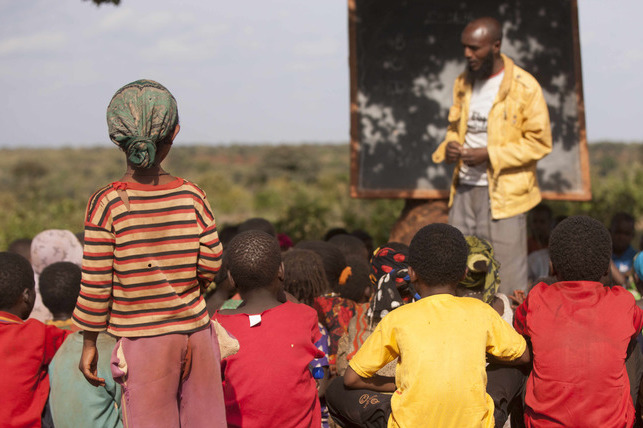Context
Somalia’s education system faces deep-rooted challenges exacerbated by conflict, displacement, gender inequities, and natural disasters. The primary Gross Enrollment Rate (GER) stands at just 31% nationally and even lower in some regions (only 19% in Southwest State). Girls, in particular, are disproportionately affected, with a Gender Parity Index (GPI) of 0.8, reflecting a significant gender gap in school participation. Factors contributing to girls’ exclusion include poverty, traditional gender norms, limited female teachers (only 15% of primary teachers), early marriage, lack of menstrual hygiene support, and widespread school-related gender-based violence. Furthermore, 32% of teachers are unqualified, and Somalia continues to grapple with emergencies such as floods, droughts, and ongoing insecurity that severely disrupt education services.
Solution
The Girls’ Education Accelerator (GEA) is a three-year, $18.7 million program implemented by Somalia’s Ministry of Education (MOECHE) with GPE support. It focuses on three outcomes:
- increased enrolment through improved infrastructure, WASH facilities, and capitation grants;
- improved learning via teacher recruitment and gender-responsive pedagogy; and
- strengthened systems through regulatory reforms, EMIS improvements, and coordinated policy development. Activities include gender-sensitive school construction, emergency cash transfers for the most vulnerable, deployment of more female teachers, and integration of Teaching at the Right Level (TaRL) methods. Implementation is coordinated with the System Transformation Grant (STG) to maximize efficiency and align with national policy frameworks.
Impact
While the program is in early implementation and outcomes are not yet measured, anticipated results include increased enrollment and retention for girls, especially among internally displaced and nomadic populations, improved literacy and numeracy, and greater institutional capacity for gender and inclusion. Interventions such as school-based menstrual hygiene support and social-emotional learning programs are expected to reduce dropouts and improve attendance. The program’s design builds on successful precedents such as AGES and SOMGEP-T, which demonstrated literacy gains of 15 percentage points and improved transition rates among girls. However, further evaluations and assessments are needed to identify real outcomes from this intervention that could illustrate its impact.












